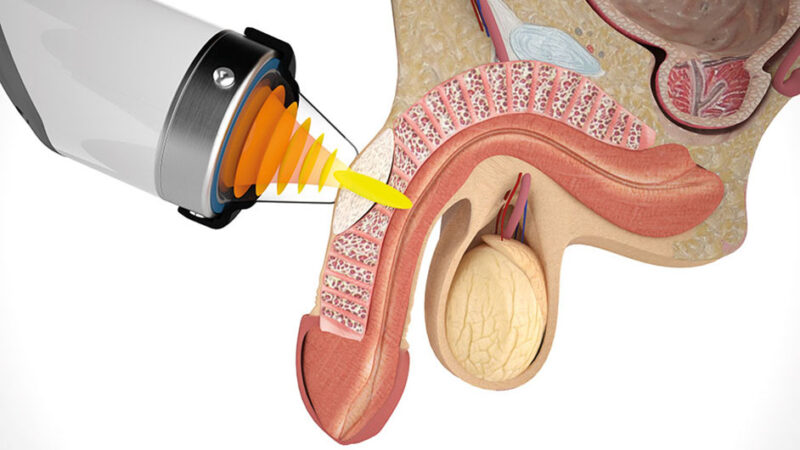
Men who suffer from Peyronie’s Disease often have a bent or curved erection. This can cause sexual intercourse to be painful and unpleasant.
Peyronie’s disease affects around 4 out of 100 men between the ages of 30 and 70. It is most commonly seen in men over the age of 30, but can appear in younger men too. It is sometimes linked to previous soft tissue trauma in the area but may also have a genetic link.
Peyronie’s is caused by fibrous scar tissue (plaque) building up under the skin of the penis called a plaque. Plaques form along one side (usually the top), which causes the penis to bend out of shape during an erection. Although still able to have sexual intercourse it is often painful and can lead to erectile dysfunction.
What are the physical causes of ED?
Short term relief can sometimes be achieved by pills, creams and injections but none of them are able to tackle the root cause of the problem. Penile traction therapy may help decrease the severity but again the results are temporary.
Surgery is often seen as the only option for severe cases but carries risks some of which can be life-changing. Surgery is usually only recommended in patients who fail to respond to non-surgical treatments and have curvature for longer than 12 months. Surgery involves removing the fibrous scar tissue but possible risks include post-surgery impotence, a risk of nerve injury and loss of sensitivity, decreased blood flow and risk of infection. Surgery would also require anaesthesia, an overnight hospital stay and then a recovery time anywhere from 3 days to 6 weeks.
Focus shockwaves can help reduce the pain felt during sex for sufferers of Peyronie’s disease and some clinicians believe it can alter the plaque formation and therefore the resultant curve. Results are not guaranteed and may vary between individuals but it is a safe and pain free treatment option which is virtually risk free and requires no long period of recovery. Life can continue on as normal post treatment.

